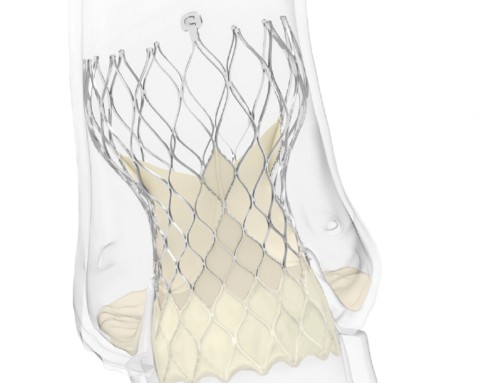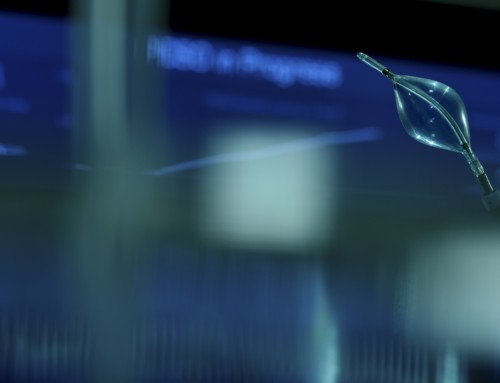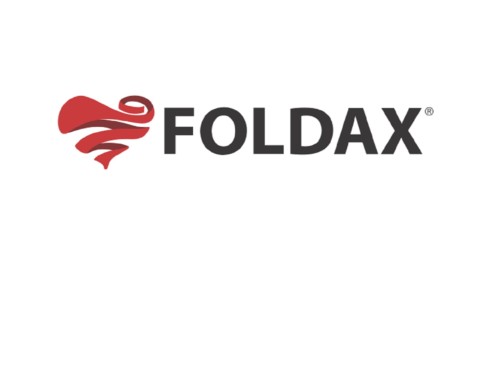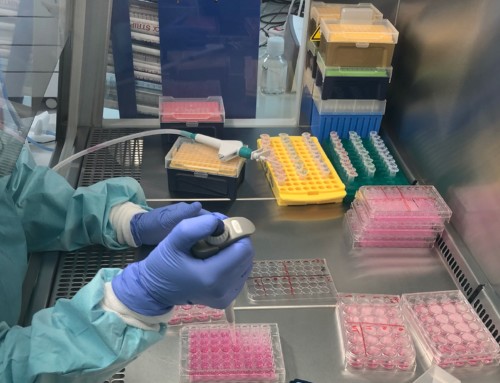
Jeffrey Shuren
The FDA issued a final guidance, Humanitarian Device Exemption (HDE) programme, with the aim of providing provide updated information about the HDE application process and other considerations specific to the programme. An HDE application is the premarket submission for a Humanitarian Use Device (HUD), which is a medical device intended to benefit patients in the treatment or diagnosis of a disease or condition that affects, or is manifested in, not more than 8,000 individuals in the USA per year.
The final guidance supersedes Guidance for HDE Holders, Institutional Review Boards (IRBs), Clinical Investigators, and Food and Drug Administration Staff, Humanitarian Device Exemptions (HDE) Regulation: Questions and Answers, issued July 8, 2010.
According to the FDA, a device approved under an HDE application is exempt from the requirement to demonstrate a reasonable assurance of effectiveness. To be eligible for an HDE, the FDA must determine—among other things—that the device would not be available to a person with the disease or condition in question without the HDE approval and that there is no comparable device, other than another device approved under an HDE or Investigational Device Exemption (IDE), available to treat or diagnose the disease or condition.
As required by the (US) 21st Century Cures Act, the FDA reports, the final guidance explains the principal criteria that the FDA considers when determining if probable benefit(s) to health have been demonstrated for a HUD that is being reviewed through the HDE programme. The final guidance also discusses FDA’s assessment of the probable benefits and risks for a device as part of its HDE application review.
Jeff Shuren, director of FDA’s Center for Devices and Radiological Health, comments: “Spurring innovation of medical products, so patients have access to treatments and diagnostics that improve or save lives, is a fundamental part of the FDA’s mission. Our Humanitarian Device Exemption, or HDE, programme is one such example. This unique pathway is designed to help bring to market medical devices intended to treat or diagnose patients with rare diseases or conditions affecting no more than 8,000 people per year in the USA.”





